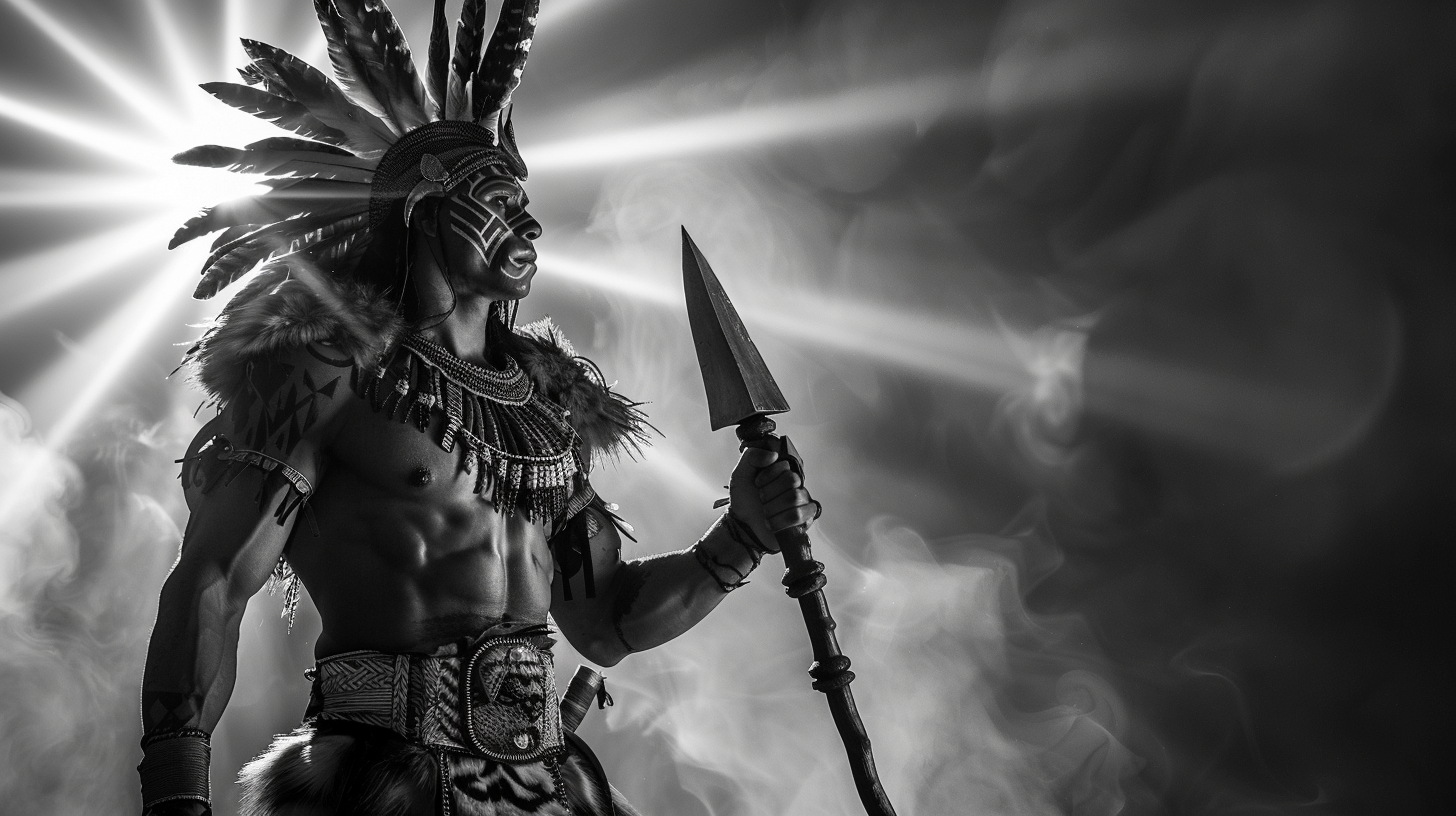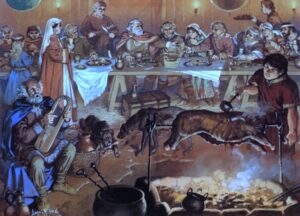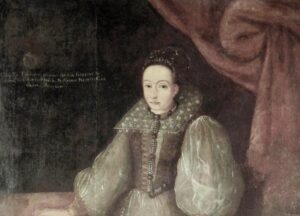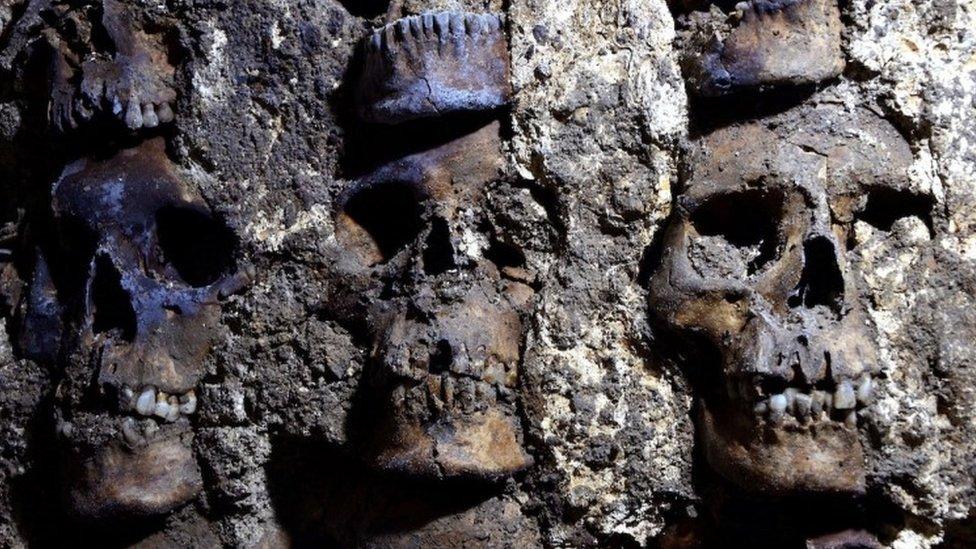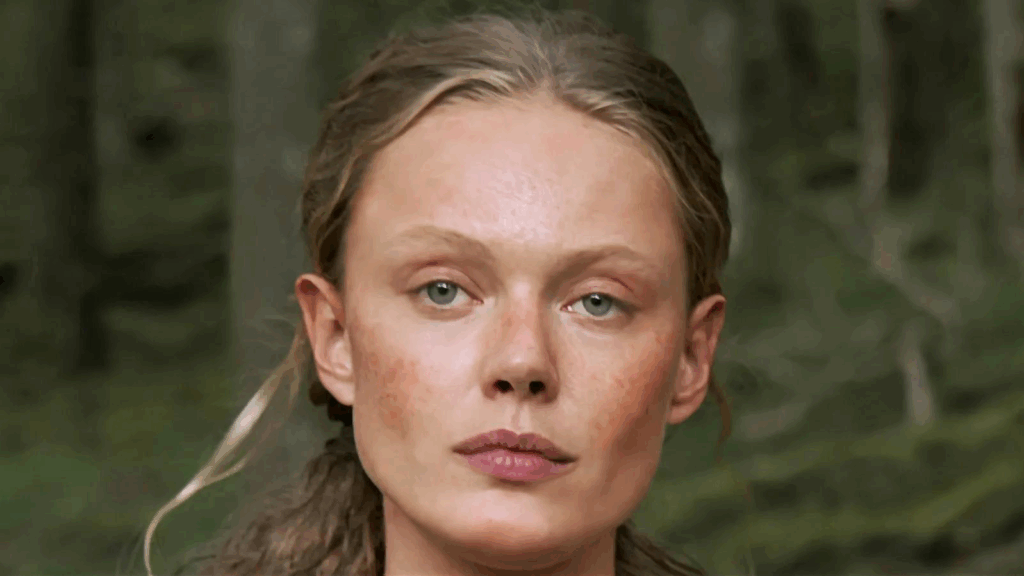
The Beautiful Barbarians: Viking Allure and Power
When the Arab emissary Ahmad ibn Fadlān first saw the northern traders known as the Rus in 922 CE, he could scarcely decide whether to recoil or to stare.
“I have never seen bodies more perfect,” he wrote, “tall as date palms, fair and ruddy.”
He was transfixed.
Anyone would be.
Their hair shone like flax in the sun, their arms alive with silver bangles and rings, and yet he also called them “the filthiest of God’s creatures.”
A Vision of Beauty and Horror
Ibn Fadlān, a scholar from the refined world of Baghdad, met these Norsemen on the banks of the Volga River.
They traded furs, slaves, and amber for silks and spices, but what struck him most was their appearance: well-built bodies, both male and female, sun-burned and so striking that it took his breath away. Men and women alike adorned themselves with metalwork and tattoos. Their features regular and perfect.
They were magnificent and a little terrifying, tall, pale, fierce-eyed, with hair like light itself.
Ibn Fadlān was both enthralled and repulsed.
He watched them wash in a shared bowl of water, filled with spit and dirt and grimaced, yet even in disgust, his words tremble with admiration.
He found them mesmerising, even if Viking hygiene was not to his liking.
The Cleanest “Dirty” People in Europe
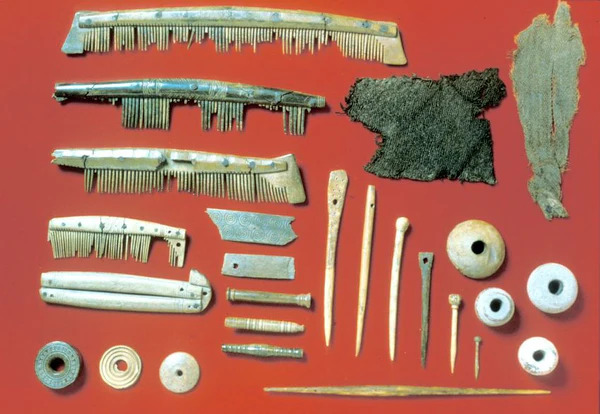
By Islamic standards, the Vikings were indeed unhygienic; by European standards, they were spotless.
They bathed weekly — a luxury in the ninth Century — and carried grooming kits wherever they went: bone combs, tweezers, razors and ear-spoons. In other words, their beards were neatly trimmed, smelled nice and were clean.
Excavations in York, Dublin and Birka have found these items in abundance, proving that cleanliness was not vanity but a mark of civilisation.
English chroniclers noticed.
One monk complained that the Norse “wash every Saturday, comb their hair every day and change their garments often, and thus they lead astray the women of our people.”
Warriors Who Looked Like Gods
To their enemies, Viking beauty was unnerving.
These were raiders who arrived gleaming, not grimy: hair braided, blue or pale eyes, eyes lined with kohl, weapons polished bright.
The sagas celebrate that glamour.
Heroes are described as “bright as silver,” their hair “falling like shining flax.” One can imagine it blowing in the wind like spun gold, and they were fearless, too.
Viking men were equally attentive to their hair. Carvings and burials show a distinct style — the Viking undercut — short or shaved at the sides, with the top left long to braid or tie back. It was practical for helmets and battle yet strikingly modern, showcasing the clean neck and strong jawline. King Harald Fairhair’s very name meant “beautiful hair,” and with good reason: for these men, grooming was part of power.
Women were no less striking, their hands heavy with jewellery and their dresses dyed in deep, radiant colours.
Appearance was power; to look divine was to be halfway to victory.
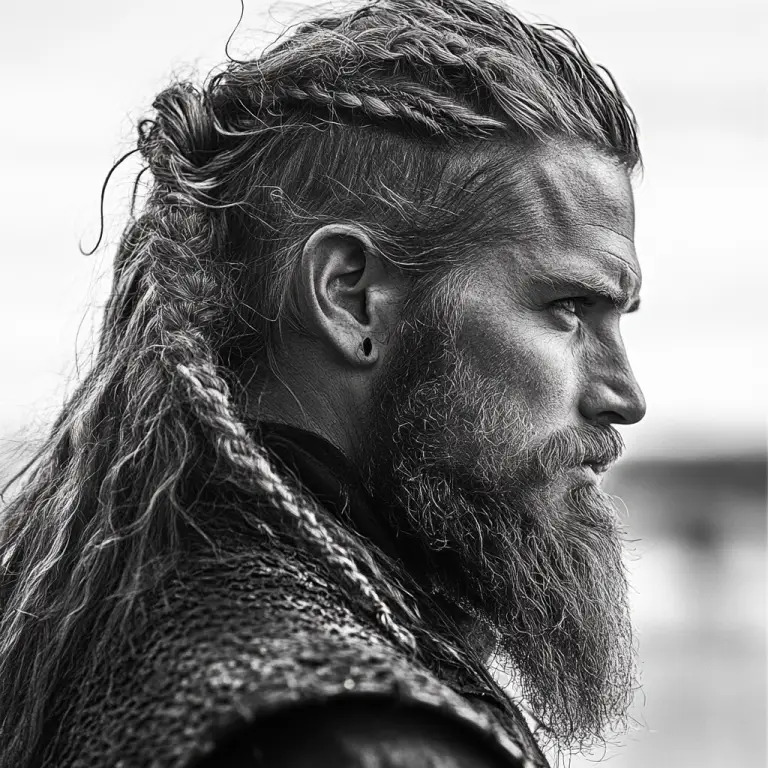
Why The Vikings Bewitched the World
What repelled Ibn Fadlān and fascinated everyone else was the same thing: the Vikings blurred every boundary.
They were brutal yet elegant, pagan yet disciplined.
They could sack a monastery at dawn and bathe before supper.
To a Europe sunk in feudal grime, they seemed almost supernatural — walking contradictions who embodied both savagery and grace.
The Lasting Image
A thousand years later, the picture endures: tall figures with fair hair and steady eyes, half warrior, half god.
Viking beauty was never delicate; it was carved from endurance and cold wind, burnished by salt and blood.
Hungry for more?
Read about Ibn Fadlān’s account of a slave girl being sacrificed in – She Raised Her Hand To Die
- British Museum – Vikings: Life and Legend exhibition archive
- National Museum of Denmark – Everyday Viking artefacts page
- Translated text of Ibn Fadlān’s Journey to the Volga (public domain)

